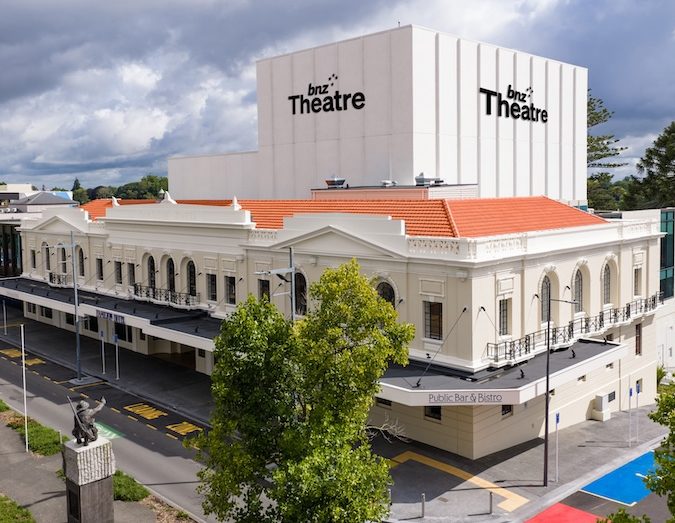Why your organic posts aren’t gaining results – how to make your meta land better

Facebook and Instagram are often considered essential marketing tools for businesses of all sizes. Most of us use social channels to get a feel for a business or a restaurant, look at their pictures of products or people, read a review, or even to see what they might be like as an employer.
Yet many SMEs have found it increasingly challenging to reach their target audience through “organic” posts, the standard page posts, events, photos and videos without any spend behind them. According to Facebook, organic reach for business pages is only around 6.4% of their total followers and dropping. This means that if a business has 1,000 followers, only 64 will see the organic post.
While still important, there are some key reasons why those social posts just aren’t landing the way they used to. Facebook’s algorithm is constantly changing, and this makes it difficult for small businesses to get their organic posts in front of their target audience. The algorithm favours posts from friends and family over posts from businesses (it is a “social” platform after all), and uses machine learning to adapt to each individual’s user preferences. Which means if you like to watch cat videos or monster trucks, you will see more of that content. Unless your content is considered interesting, organic posts from SMEs are just less likely to appear than they once were.
Also, Facebook and Instagram’s paid advertising options have become more sophisticated over the years, and businesses that are willing to invest in advertising (not boosting!) have a greater chance of reaching their target audience than those relying solely on organic posts. Boosting only increases the percentage of your existing followers that see your content, rather than introducing it to a new audience. That’s great if it’s a client event or special offer for existing customers, but not helpful if you’re looking to generate new business.
Even when SMEs manage to get their posts in front of their target audience, engagement rates are declining. This is because users are inundated with content and it’s becoming increasingly difficult for businesses to capture users’ attention and encourage them to engage. There are over 200 million small businesses on Facebook worldwide. With so many businesses vying for users’ attention, it’s difficult to stand out.
Advertising is the way to go
With all the above in mind, it’s key to establish an advertising budget, try all the tools available, and test to see what works best for your business (with solid monitoring).
But how much should you spend? There’s no magic number – but there is a minimum daily spend before you can kick off, and for the Meta suite of channels (Facebook/Instagram/Messenger) it starts at around $2NZ a day* per channel. For a regional small business, you can get started with a very basic advertising campaign for as little as $20-$100. It’s worth testing the waters by starting small and seeing if it’s having a measurable impact, then expanding if you need to.
Read more: The future of advertising: What it will look like in 500 years?
How do I do it? The basics.
Firstly, you need a Meta Business Suite account set up via www.business.facebook.com or the Meta Business Suite app. Connect your Facebook and Instagram accounts within the business suite, so you can automate across both when you’re ready to go. You can set a maximum spend against your credit card, so you can’t overspend by accident.
You must have a clear marketing strategy in place before you start and know who you want to see your advert. This is where social media targeting tools are extremely useful. You can target an audience by location, age, gender, language, job title and more.

Then choose the right type of content for your audience and your objective, whether that’s brand awareness, more web traffic, engagement, new leads and enquiries, purchases and so on. Facebook has a handy ad guide to help. Videos statistically perform better than static images, but if you don’t have the time or budget to create videos, a static advert will be your best starting point for trialling paid adverts.
The best advice is to try a few different things with the budget you have, and monitor the results. In the marketing world it’s called A/B testing – e.g. do customers respond better when your language is casual or serious, do they comment more on staff photos or product photos, are people sharing your event advert, or tagging in friends? Monitor and measure, test and repeat.
Lastly, scheduling your ad content saves time and brain space. Set aside some time each week, fortnight or month to ‘set and forget’. This means the ads will be planned against your objectives, and you can keep an eye on the total investment.
Upskill yourself
If you’re keen on learning how to understand all this better, you can take a few free online courses at Facebook Blueprint or sign up to the NZ Digital Boost initiative and attend some workshops. You could even talk to your regional economic development agency to find out what local hands-on training might be available to you.




